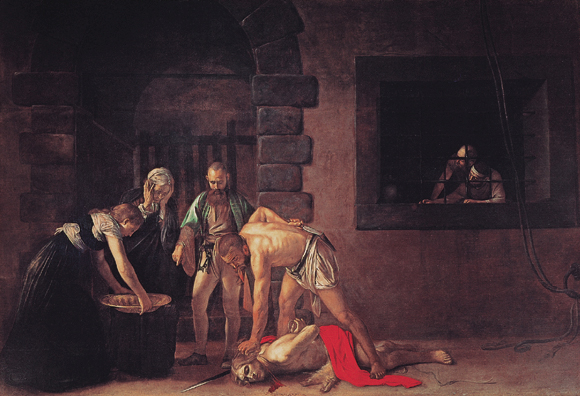Image Details

Scala/Art Resource, NY
The grisly beheading of John the Baptist occurs in a shadowy courtyard outside the fortress-palace of Herod Antipas at Macherus, Perea, in this painting by Caravaggio (1573–1610). When Antipas moved to Perea to forestall an invasion by the neighboring Nabateans, he brought John with him to Macherus as a prisoner. Angered that Herod Antipas had dismissed his royal Nabatean wife so that he could marry Herodias, the Nabateans declared war against Antipas and destroyed his army, writes the first-century historian Flavius Josephus (Antiquities 18.5.1). When the defeated Antipas returned to Galilee, the population blamed his loss to the Nabateans on his murder of the Baptist. “Some of the Jews,” Josephus writes, “thought that the destruction of Herod’s army came from God, and that very justly, as a punishment of what he did against John.”
